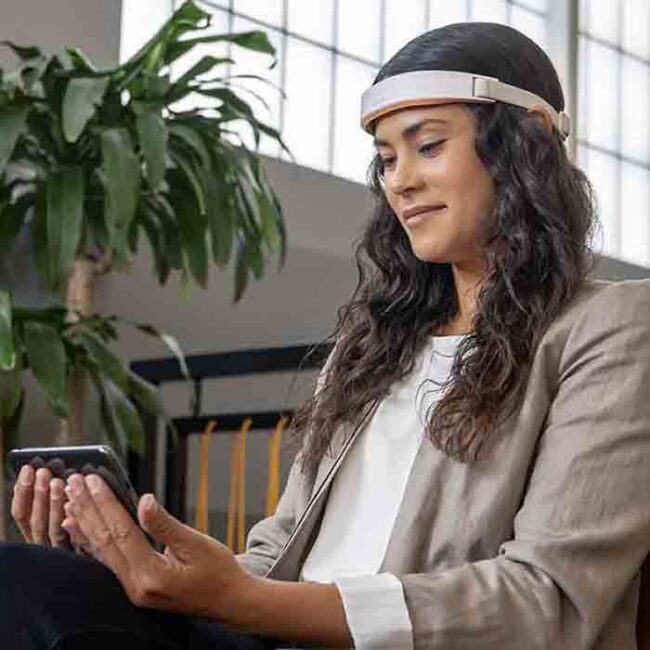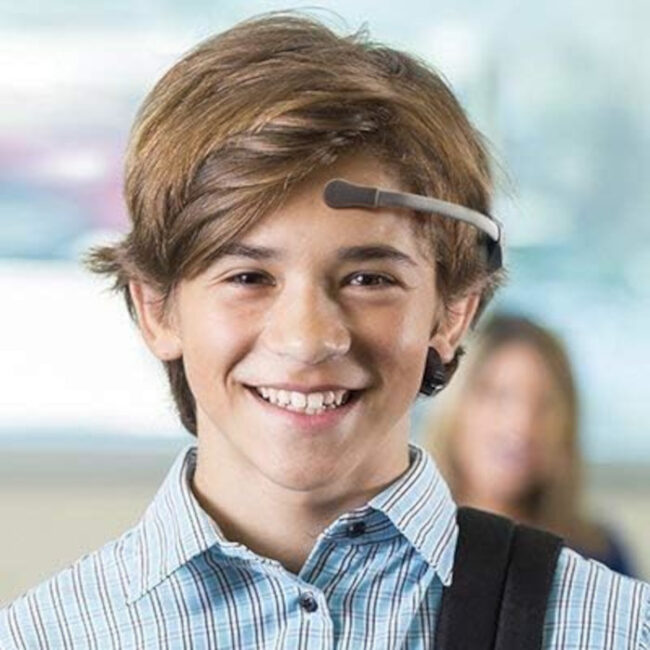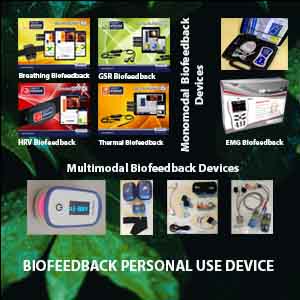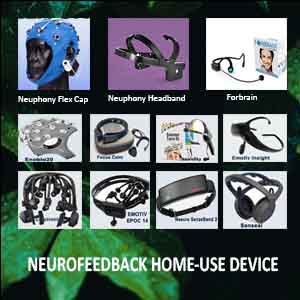Neurofeedback Home-Use Device
The Neurofeedback Home-Use Device is a cutting-edge technology designed to bring the benefits of neurofeedback therapy into the comfort of your home. This personal device utilizes real-time brainwave monitoring to help users enhance mental performance, manage stress, improve focus, and support overall cognitive health.
Easy to use and non-invasive, it provides a personalized training program that adapts to individual brain activity, offering immediate feedback and progress tracking. By engaging in regular neurofeedback sessions, users can develop better self-regulation of brain function, leading to improved emotional stability and mental clarity.
Ideal for both adults and children, this home-use device makes advanced neurofeedback therapy accessible, empowering users to take control of their mental well-being anytime, anywhere.
Showing all 5 results
-

Forbrain Bone Conduction Audio Biofeedback Headset
€272.00 Get it now! -

Mendi Neurofeedback Headband for Health
€276.00 Get it now! -

Neeuro SenzeBand Brain Training Device
€411.00 Get it now! -

Neurosky Mindwave for Brain Training
€114.72 Get it now! -

Neurovizr Flashing Light Therapy for Laser Focus
€299.99 Get it now!







